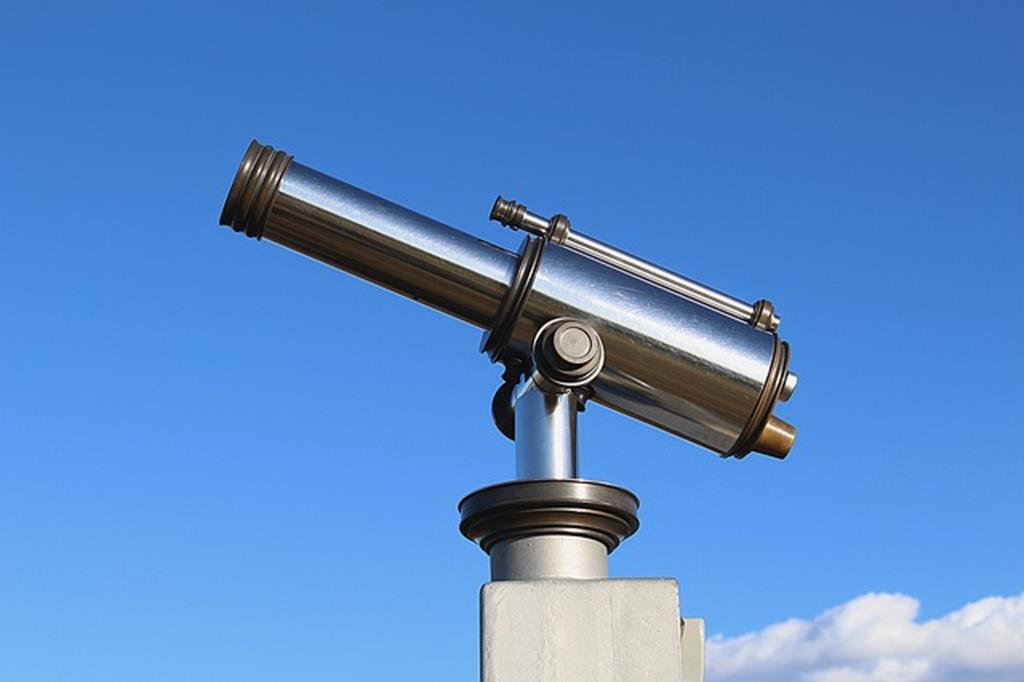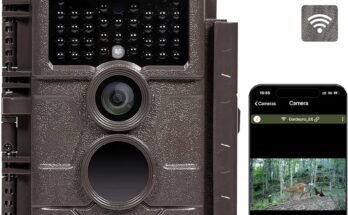 If you are good at observing the stars or want to take your astronomical game to another level, you need to have a good understanding of the telescope filters. Without the basic knowledge of the filters, you can never move to the next level of star viewing.
If you are good at observing the stars or want to take your astronomical game to another level, you need to have a good understanding of the telescope filters. Without the basic knowledge of the filters, you can never move to the next level of star viewing.
Typically, the telescope filters are the full aperture that covers the telescope in front. When viewing planets and galaxies, these telescope can make a big difference in the quality of the image, significantly improving the vision and help an astronomer in different ways. As a beginner, you need to know that there are different telescope filters in the market, all with different functions.
How do the telescopic filters work?
They block a particular portion of wave lengths of light that enters the eyes through a telescope. Primarily, they work in two ways: regulate the type of light received by the sights and also amount of light, which is passing to the eyes through a telescope.
Different types of filters have been made for various purposes. For example, there is a particular filter that removes the moon’s glow and allows you to see the moon’s surface in detail. The second filter is designed to allow only a specific light to pass and block others, providing a higher contrast image for a better experience of stargazing. Every object in the universe has unique construction properties. Therefore, we need various types of filters to observe every object successfully.
How Do You Use Telescopic Filters?
The telescopic filters are straightforward to use. Today’s filters are threaded, where you can place one to the eyepieces at the bottom and take advantage of them. Simply you take the eyepiece and connect it to the bottom of the eyepiece at one end. To another end, attach it, and now the telescope filter is ready to improve the stargazing experience.
Types of telescope filters

Solar filters
You can see the sun in complete safety with the right gadget. Unlike other filters, the solar filters have no thread around the eyepiece. Typically, the problem with this filter is that your telescope will focus and concentrate a lot of sunlight before the sunlight reaches them or the eyepiece and eventually damaging it. The damaged filter does not protect the eyes.
The solar filter in front of a telescope is good for it covers the main optics and opens the telescope. For you to be effective, the filters must be fitted to a telescope’s aperture. These filters prevent 99.9% of sunlight from entering the telescope.
The chromatic aberration filter
This type of telescope filter is the visual flaw in the lens. Various light wavelengths are distributed at different angles through the lens and don’t focus at one point. It may cause a slight rainbow effect. Typically, the chromatic aberration filters assist in reducing chromatic aberrations.
Light pollution reduction filter
Most people living in the city suffer from light pollution. The light pollution dramatically reduces the image quality and harms viewing conditions. Street lights and nearby lights are the most common light pollution in cities. Light pollution filters minimize the impact on light pollution and significantly improve viewing conditions. Typically, to do this, emissions of mercury vapor, sodium, and other wavelengths are blocked by various artificial objects, like street lamps. In this case, these filters improve the image contrast and increase the visibility of objects in the deep sky.
Narrow band filter or fog filter
The narrow band filters work between the oxygen III (OIII) emission lines, the H-Beta (hydrogen beta) emission line and wavelengths between the H-Beta and OIII lines. They are most commonly used to observe different types of emission nebulae. They are the right universal filter to see the deep sky. Also, these filters darken the sky, significantly reducing the brightness of the sky without affecting nebulae. Using these filters, they open up a deep sky: otherwise, the invisible, weak, or intermittent nebulae suddenly comes alive with contrast, brightness, and detail. Even the bright galaxies improve the difference when you use these filters.
These filters work best in the dark skies and with excellent visibility. However, they work quite well, even in a slightly polluted the sky. Also, they are ideal for medium to small magnifications. Some of the targets that will benefit from these narrow band filters are Orion Nebulae, Swan Nebulae, and Lagoon Nebulae.
Line filter
Generally, line filters are the very narrow band filters where they transmit only H-beta lines and OIII emission lines. They are ideal for viewing diffuse emission nebulae and planetary nebulae and the improvement. Try to observe M33, M8, Helix, and Veil Nebulae with the OIII filter and see a remarkable difference.
You can use line filters to spy the structural properties of the brightest nebulae. However, they don’t function well in many of the planetary nebulae, for they make some dim and destroy others. Also, they improve the visibility of M43 and M42 galaxies and nebulae in California, Horsehead, North America, and Cocoon.
Color filter
Color filters allow lights corresponding to specific colors of a spectrum to pass through. These filters only exceed a specific wavelength range of light and block out the rest. They are used when we detect different objects in the solar system, in particular, the moon and various planets. Color filters enhance contrast and allow you to see more details on the surface of moons and planets. The four most common color filters for astronomers are: blue, green, red, and yellow. If you have started to observe the heavenly bodies and you are looking for a cheap way of getting the telescope filters, the color filters are paramount. This filter has different ideal colors.
Conclusion
In summary, telescopic filters are an essential accessory for absolute beginners. Obviously, without the filter, the experience of the universe is imperfect. You can start by buying the moon filter since it is the easiest. All astronomers imagine what it would be like of going to the moon and observe its craters. Even though it is a bit impossible, but mostly, you will get the experiment of looking at the moon through the telescope filter. Also, if you want to see the planets, get the right filters to get the fine details of the planets.
Related Post:
7 Best 1000 Yard Scope For 2022
What Can You See With A 70mm Telescope?



